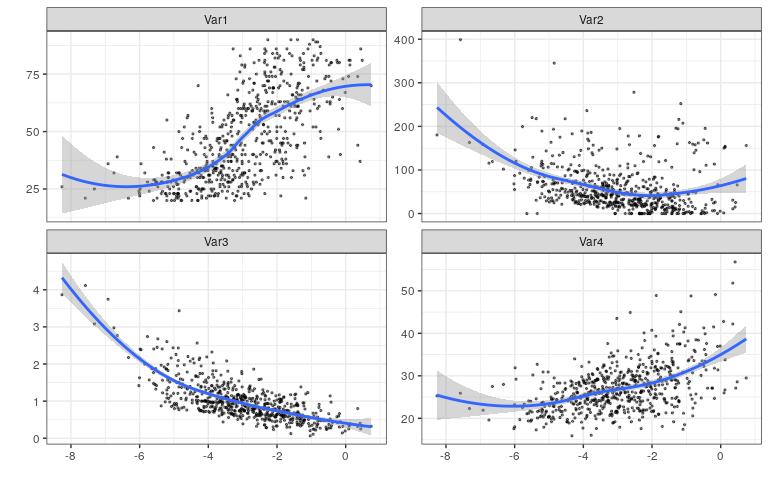Data Science with Statistical Modeling
Deploy Statistical Models and Figure Out the Business Direction
Take Control of Your Business by Gaining insights from Data
Statistical Modeling: Today, many sectors, from research and science to industry and business, can utilize statistical and mathematical models depending on the type of data and hypotheses available. In fact, there are lots of algorithms and methods that are used to solve real-world problems, recognizing patterns and associations, analyzing trends, predicting the future outcomes and so on. Statistical models help to understand better how phenomena act and behave or what they will be in the future. In this process, using high quality data along with appropriate and accurate models can decrease the possible and potential errors significantly, know better customer behavior and boost your business’ performance and efficiency with making decisions properly at the right time.
Big data analytics and data-driven modeling: Robustify your analytics with statistical modeling, build your models and choose the right model for your data in the areas where you work like tech, business, finance or anything else. Choose appropriate statistical models and utilize best tools and approaches for building your models to understand your data better, decide properly based on the obtained results and predict the future to reduce the cost and time of your business. Many software and packages can be used to run and build many different types of statistical models to answer your business’ questions. In the following, we list some of most applications of the statistical models in areas that will have high predictability and comparability.
Usage of statistical modeling: Statistical models can apply in many fields to find existing problems and solve them and give you real knowledge and insights:
1. Time Series Forecasting: Fitting time series models for describing the stochastic process that is time-dependent. Utilize methods of time series analysis for univariate and multivariate data to forecast the future.
2. Market Segmentation: Divide a market potential customers into groups, subgroups or segments based on the similarities and shared characteristics with adopting appropriate market segmentation strategies to identify high yield segments and the most profitable customers.
3. Association Rule Learning: Finding and discovering relations and regularities between variables in large datasets.
4. Recommendation Systems: Improve your suggesting systems by seeking to predict the “rating” or “preference” a user.
5. Attribution Modeling: Identifying a set of user actions in markets by analyzing touchpoints or marketing channels providing better understanding of what user actions influence individuals to engage in a desired behavior.
6. Predictive Modeling: Deploying statistical models to forecast future outcomes to answer the questions that is what will happen in the future based on the current data and conditions and of course with possible assumptions.
7. Clustering: Categorizing your objects or individuals based on some similarities between and within groups by using some well-known algorithms and approaches.
8. Customer Churn Analysis: Prediction with Decision Tree Classifier to know your customers better through historical customer data to reduce customer churn and increase your business’ benefits.
9. Supply Chain Optimization: Utilize mathematical and statistical models to ensure the optimal operation of a manufacturing and distribution supply chain.
10. Classification: Deploy high predictability supervised learning algorithms to analyze training data for determining class labels correctly.
11. Clinical Trials: Apply statistical approaches like sequential analysis, Bayesian analysis, decision analysis and statistical prediction models to analysis of clinical trials data to answer your biomedical research questions.

